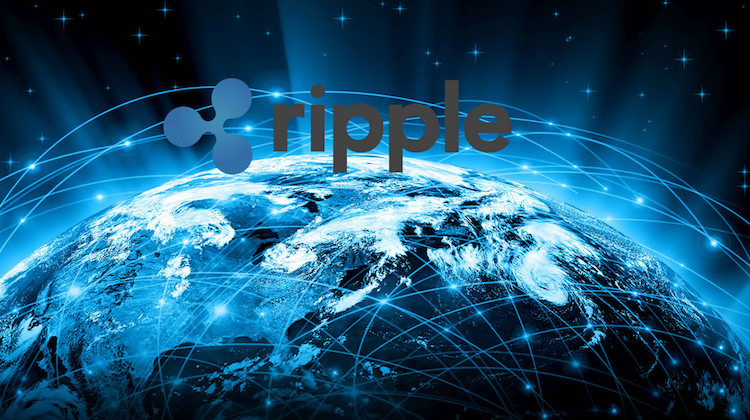Blockchain and Crypto
Cheatsheet: Why Ripple is suddenly the cryptocurrency of the moment
- The price of XRP has surged 35,000 percent in one year to more than $3 per token
- There’s been a resurgence in cryptocurrency interest thanks to the buzz around ICOs in 2017 and mainstream financial firms incorporating cryptocurrencies into financial products








